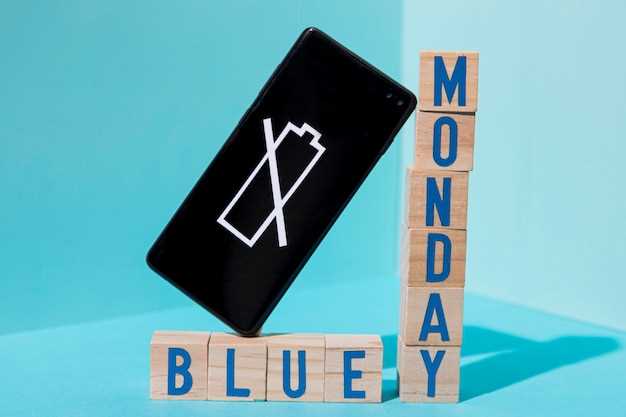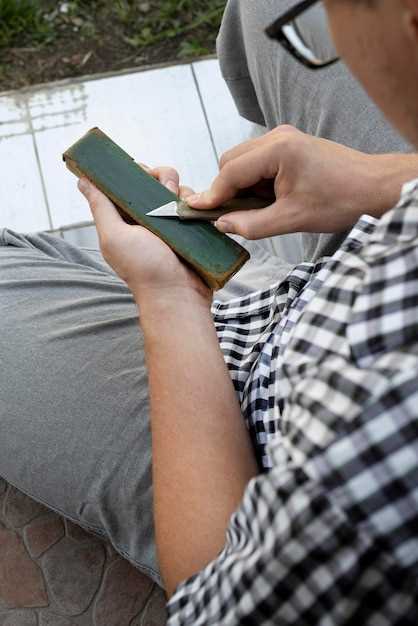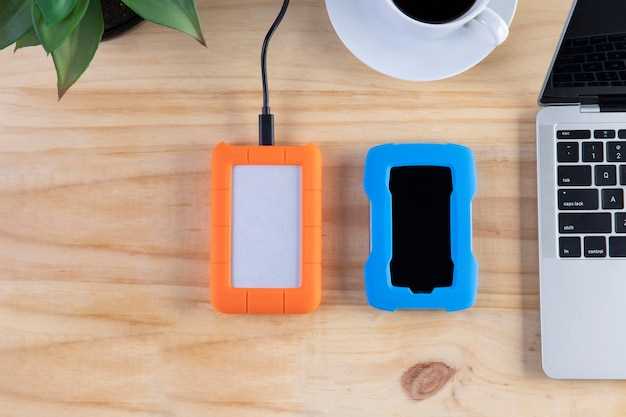
In the realm of home entertainment, Android TV boxes have emerged as versatile and affordable streaming devices. Their compact design and open-source nature make them a popular choice for accessing a wide range of content. However, one of their limitations is the often limited internal storage capacity, which can hinder the user’s ability to store large media files or install multiple applications.
Fortunately, most Android TV boxes come equipped with USB ports, providing a convenient solution for expanding storage capabilities. By connecting an external USB drive to your Android TV box, you can transform it into a media powerhouse, with ample space for movies, TV shows, music, and games. Unveiling a myriad of possibilities, from expanding your entertainment library to streamlining app installations, this comprehensive guide will lead you through the effortless process of connecting a USB drive to your Android TV box.
How to Access USB on Android Box
Table of Contents
In today’s world of digital convenience, connecting external devices to our gadgets is essential. Whether you want to transfer files, connect peripherals, or charge devices, USB connectivity provides a seamless bridge to a wider range of functionality.
When it comes to Android TV boxes, accessing USB storage or peripherals is a common task. This guide will guide you through the simple steps to utilize the USB ports on your Android TV box, enabling you to expand its capabilities.
Connecting a USB Device
This section provides a detailed guide on establishing a connection between your Android Box and a Universal Serial Bus (USB) device. By following the outlined steps, you will be able to integrate external peripherals with your Android Box, unlocking its full potential.
Step 1: Identify USB Compatibility
Begin by ascertaining that your Android Box supports USB connectivity. Check its specifications or consult with the device manufacturer to confirm compatibility.
Step 2: Connect the USB Device
Locate the USB port on your Android Box and insert the USB device securely. Ensure the device is firmly connected to establish a reliable connection.
Step 3: Power Supply
Some USB devices require external power to function. If your device includes such a requirement, connect it to a power outlet using the appropriate adapter.
Step 4: Device Recognition
After connecting the USB device, your Android Box should detect and recognize it automatically. This process may take a few moments, so be patient.
Step 5: Device Configuration
Once recognized, some USB devices may require additional configuration before they can be fully utilized. Follow the on-screen prompts or consult the device’s user manual for specific instructions.
Using a File Explorer
Navigating and managing your Android Box’s internal and external storage can be simplified by utilizing a file explorer app. These apps provide graphical interfaces that allow for effortless file browsing, creation, deletion, and transfer. Whether you wish to organize media files, access downloaded content, or explore the file system, a file explorer proves indispensable.
Installing a USB OTG Adapter
To connect a USB device to your Android device, you’ll need a USB On-The-Go (OTG) adapter. An OTG adapter acts as an intermediary, allowing your device to communicate with the USB device. Installing an OTG adapter is a straightforward process that takes only a few minutes.
Note: Make sure to purchase an OTG adapter that is compatible with your specific Android device.
- Identify your device’s USB port type: Most Android devices use either a micro USB or USB-C port. Determine the type of port on your device before purchasing an OTG adapter.
- Purchase a compatible OTG adapter: Ensure that the OTG adapter you buy is designed for the type of USB port on your Android device.
- Connect the OTG adapter to your device: Plug the smaller end of the OTG adapter into your device’s USB port and the larger end into the USB device.
- Verify the connection: Once the OTG adapter is connected, your Android device should automatically recognize the USB device. You may see a notification indicating that the device has been detected.
Mounting the USB Drive
To make your USB drive accessible, it must be linked to the file system of your Android box. This process is known as mounting. Once mounted, the USB drive will appear as a storage location within the file manager or other applications.
Procedure:
1. Connect the USB Drive: Ensure your USB drive is firmly connected to an available port on the Android box.
2. Mount the Drive: Navigate to the **Settings** menu, select **Storage & USB**, then click on the **USB drive**. Choose the **Mount** option to link the drive to the system.
3. Assign a Label (Optional): To easily identify your USB drive in the future, you can assign it a custom label. Tap the **Edit** option and enter a suitable name.
4. Access the Drive: Once mounted, the USB drive’s contents will be accessible through the **File Manager** application or within compatible apps.
Transferring Files
Now that your Android box and external storage are connected, you can exchange files between them with ease. Whether you want to save your favorite movies and music on your device or back up important documents to your external drive, the process is straightforward.
Media Playback
Once your external storage device is connected, you can effortlessly enjoy your favorite media content on your Android box. Whether it’s movies, TV shows, or music, all your media is now accessible for your viewing and listening pleasure. Let’s explore how to access and play various media formats using your external storage device.
Troubleshooting USB Issues
If you encounter difficulties connecting or accessing USB devices with your Android media player, several troubleshooting measures can be implemented to resolve the problem. This section provides a comprehensive guide to identify and rectify common USB-related issues, ensuring seamless connectivity and functionality.
Compatibility Considerations

Before proceeding with USB connectivity, it is crucial to ascertain compatibility between the devices involved. This section will provide insights into various factors that influence compatibility:
Security Precautions
When accessing external devices on your Android media player, security should be a top priority. This section outlines crucial safeguards to protect your system and personal information.
Wireless Alternatives
For those who prefer a less restrictive setup, wireless alternatives offer a convenient way to connect external storage devices to your Android TV box. These solutions eliminate the need for physical cords, providing a seamless and hassle-free experience.
Advanced Tips

Once you’ve mastered the basics, there are several advanced techniques that can further enhance your USB accessibility. These tips are designed for experienced users and will help you optimize your functionality and address potential challenges.
Utilize USB OTG Adapters:
USB OTG adapters allow you to connect devices like keyboards, mice, and external storage to your Android box. This functionality expands your input options and enables seamless data transfer. It’s crucial to ensure your box supports USB OTG before purchasing an adapter.
Access Hidden Files and Folders:
Some USB drives may contain hidden files or folders that are not visible through standard file explorers. To access these hidden items, you can use third-party file manager apps that provide advanced features, such as the ability to view and manipulate hidden files.
Troubleshoot USB Connectivity Issues:
If you encounter connectivity issues, consider the following troubleshooting steps: Ensure the USB cable is firmly connected to both the Android box and the USB device. Try using a different USB cable or port to rule out cable or port damage. Verify that your Android box supports the USB device you’re trying to connect. Additionally, check for any necessary driver updates or software compatibility issues.
Q&A
What is USB access and how does it work on Android Boxes?
USB access on Android Boxes allows users to connect external USB devices, such as flash drives, external hard drives, keyboards, and mice, to their devices. This allows for expanded storage, input/output capabilities, and content sharing. To use USB access, you need to connect the external device to one of the USB ports on your Android Box using a compatible cable.
Is USB access supported on all Android Boxes?
Yes, the majority of Android Boxes have built-in USB ports and support USB access. However, it’s always a good idea to consult your device’s documentation or manufacturer to confirm specific compatibility.
What is the purpose of this article?
This article provides step-by-step instructions on how to access a USB drive on an Android TV box, allowing users to connect and use external storage devices for various purposes, such as transferring files, playing media, and installing apps.
Is this guide compatible with all Android TV boxes?
While the instructions provided in this article are generally applicable to most Android TV boxes, there may be some variations depending on the specific model and Android version used. If you encounter any difficulties or have specific questions about your device, it is recommended to refer to the manufacturer’s documentation or contact their support team.
 New mods for android everyday
New mods for android everyday



